We all love to cook, or at least enjoy watching cooking shows. But how much do we really know about food safety? It turns out, quite a few common practices and beliefs can actually be harmful. Let’s dive into ten misconceptions about cooking and food safety that you need to know.
The Raw Flour Danger
Think raw eggs are the only risk in cookie dough? Think again! Raw flour can harbor E. Coli and other harmful bacteria. The CDC has reported multiple E. Coli outbreaks linked to raw flour in recent years.
So, resist the urge to lick the bowl when baking. Make sure your flour is properly cooked to kill any potential germs. It’s a simple step that can save you from a nasty illness.
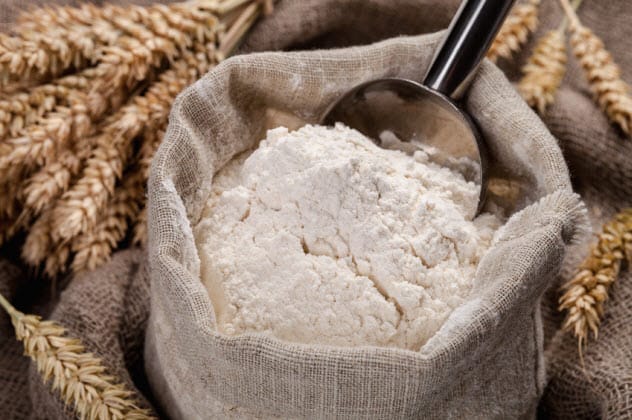
The Pasta Rinsing Mistake
Rinsing your boiled pasta? You might want to reconsider. This practice, once common, is now frowned upon by chefs and cooking experts. Why?
Rinsing removes the starch that helps sauce cling to the pasta. Without that starch, your sauce will slide right off. Instead, reserve a bit of the pasta water to add to your sauce. This starchy water helps thicken and bind the sauce to the pasta. The only exception is when you’re making cold pasta salads.
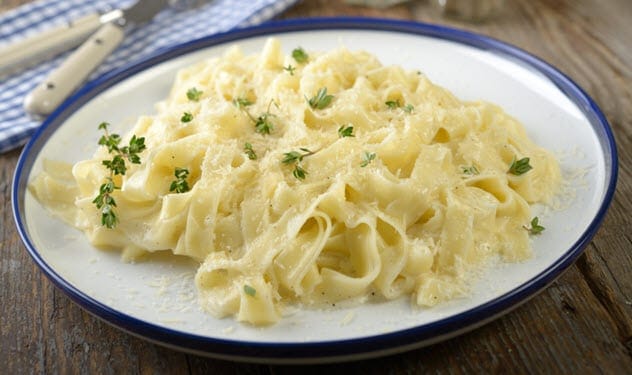
The Truth About Raw Food
Eating raw food can be safe, depending on the circumstances. While certain raw dishes like the Cannibal Sandwich (raw ground beef and raw eggs) are risky due to potential contamination, properly prepared raw foods can be safe to eat.
For example, steak tartare, made with freshly ground steak, can be safe if handled carefully. Sushi, when flash-frozen to kill germs, is another example. Even ceviche uses citric acid to “cook” seafood and eliminate harmful bacteria. It’s all about preparation and sourcing high-quality ingredients.
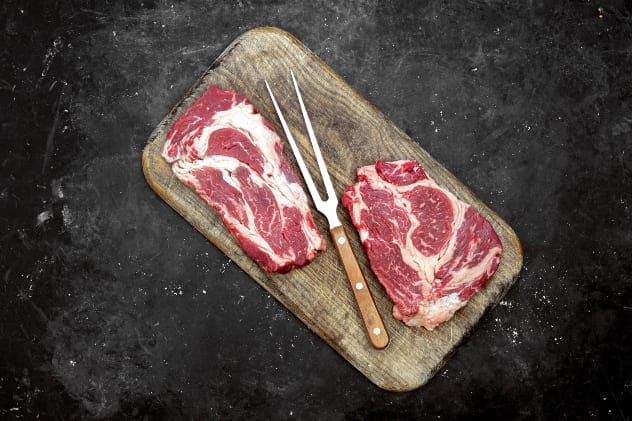
The Pink Chicken Panic
Is pink chicken always a sign of undercooking? Not necessarily! While it’s crucial to cook chicken thoroughly, a slight pinkish or reddish tinge doesn’t always mean it’s unsafe.
The color can be due to natural juices that discolor during cooking. The best way to ensure your chicken is safe is to use a food thermometer. Make sure every part reaches an internal temperature of 165 degrees Fahrenheit. Forget the color; trust the thermometer!
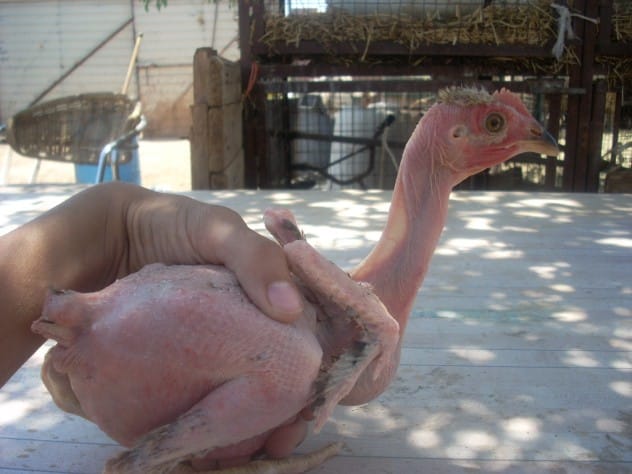
Deveining Shrimp: Is It Necessary?
Deveining shrimp is a common practice, but is it essential for food safety? The black line you remove is the shrimp’s digestive tract. While some find it unappetizing and gritty, it’s not a food safety hazard.
Deveining is mostly a matter of personal preference. For larger shrimp, it might improve the taste and texture, but for smaller shrimp, it’s often not worth the effort. So, unless you’re bothered by the appearance or texture, you can skip this step.
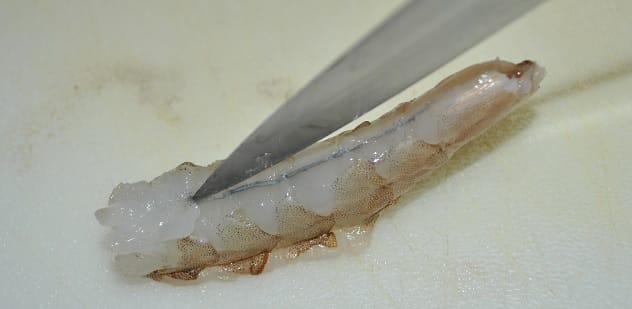
The Chicken Washing Myth
Washing chicken before cooking? Stop right there! This practice can spread harmful germs all over your kitchen. Water splashes can contaminate surfaces, utensils, and even your faucet.
Cooking chicken to an internal temperature of 165 degrees Fahrenheit is enough to kill any bacteria. Washing it only increases the risk of cross-contamination. Skip the wash and focus on thorough cooking.
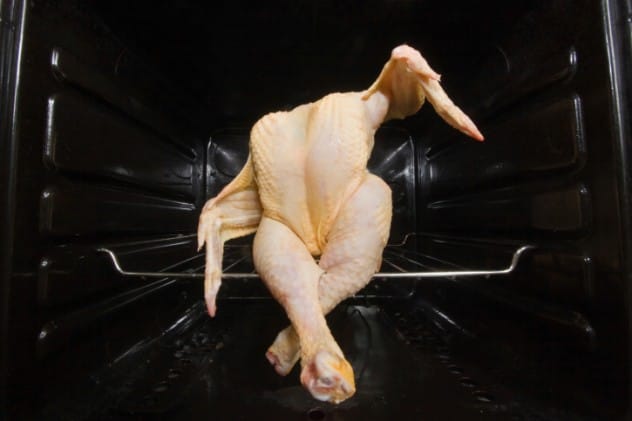
The Moldy Food Dilemma
Found mold on your cheese or bread? Cutting off the moldy part might seem like a good way to save food, but it’s risky. Visible mold often means that mold spores have spread beyond what you can see.
While you might not need to throw out the entire block or loaf, inspect it carefully. Cut out a larger portion around the moldy spot to be safe. However, it’s generally best to discard food that shows signs of mold to avoid potential health issues.
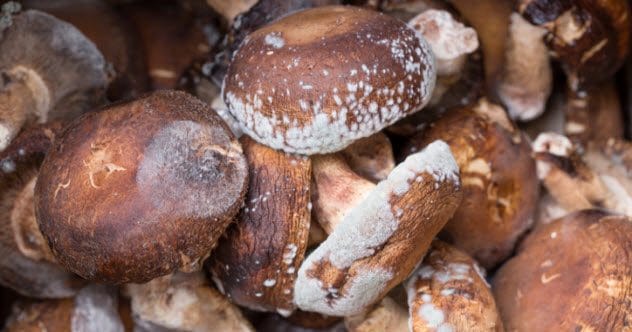
Egg Freshness Test
Expiration dates on eggs can be confusing. Luckily, there’s a simple way to test egg freshness without relying on the date. Just use a bowl of water!
Place the eggs in water. If they lie flat on their side, they’re fresh. If they stand on one end but still touch the bottom, they’re not quite as fresh but still good. If they float, they’re best used for baking or thoroughly cooked dishes. If they float near the top, discard them. This works because eggs fill with air as they age, making them more buoyant.

The Five-Second Rule: A Myth
The “five-second rule” suggests that it’s okay to eat food that’s been on the floor for less than five seconds. Unfortunately, this is a myth. Germs can transfer to food almost instantly.
Stickier foods pick up more germs more quickly, but even non-sticky foods aren’t safe. There’s no safe time limit for food on the ground. The longer it’s there, the more germs it’ll accumulate. When in doubt, throw it out!

Alcohol Doesn’t Always Burn Off
Many recipes include alcohol, such as vodka sauce or rum cake, and it’s often assumed that the alcohol cooks off. However, this isn’t entirely true. While some alcohol evaporates during cooking, a significant amount remains.
To eliminate 90-95% of the alcohol, you’d have to cook the food for so long that it becomes inedible. Most recipes only remove 50-65% of the alcohol content. Keep this in mind when serving such dishes, especially to children or those who avoid alcohol.

Conclusion
By understanding these common cooking and food safety misconceptions, you can protect yourself and your loved ones from potential health risks. From avoiding raw flour to properly testing egg freshness, these tips will help you become a safer and more informed cook. Stay vigilant, and happy cooking!
Leave a comment below and share your own food safety tips!










